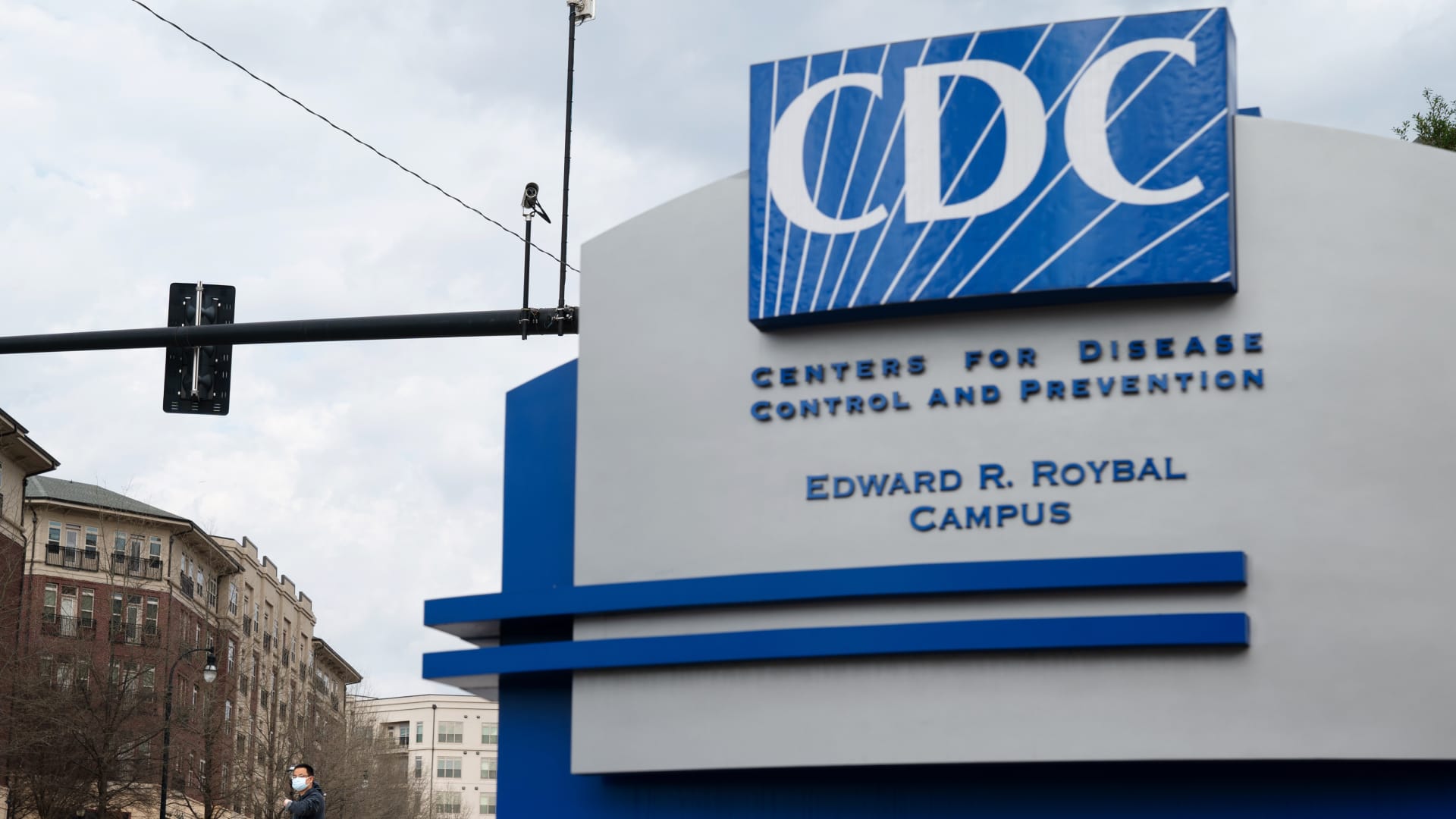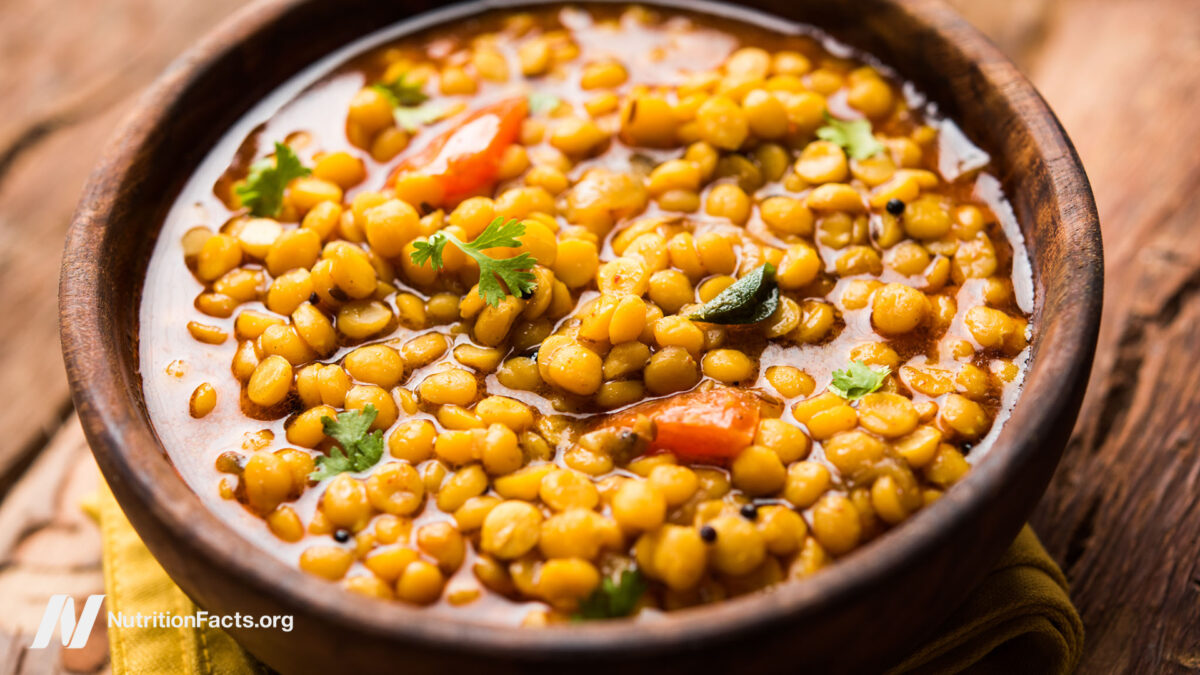People of color face higher risk of flu hospitalization as U.S. faces potentially severe season, CDC says
Flu hospitalizations were 80% higher among Black adults, 30% higher among Native Americans and 20% higher among Hispanics, according to CDC data.

CDC headquarters in Atlanta
Elijah Nouvelage | Bloomberg via Getty Images
People of color are hospitalized with the flu at far higher rates than white Americans, according to a large multiyear study from the Centers for Disease Control and Prevention.
The CDC study, published Tuesday, looked at flu hospitalizations among adults from 2009 through last year using data from its flu surveillance network that includes more than 70 counties across 14 states.
Hospitalizations were 80% higher among Black adults than white adults, 30% higher among Native Americans and 20% higher among Hispanics, according to CDC data.
Vaccination rates were lower among people of color than white adults. During last year's flu season, vaccination coverage among white adults was 54% compared with 38% for Hispanics, 41% for Native Americans and 42% for Black adults.
CDC officials, in a call with reporters Tuesday, said lower vaccination rates among people of color are due to poorer access to health care, distrust of physicians and the government due to historical discrimination and missed opportunities to get people immunized when they do go to the doctor.
People of color also often face poorer and more crowded housing conditions and more chronic illnesses which makes hospitalization from the flu more likely, officials said.
Prior to the Covid-19 pandemic, influenza was one of the most challenging respiratory diseases that hospitals faced every year. Flu seasons vary in their severity depending on the strain of the virus and the efficacy of the vaccines. Over the past decade, 9 million to 41 million people have fallen ill every year, 140,000 to 170,000 individuals have been hospitalized and 12,000 to 52,000 have died annually, according to CDC data.
Carla Black, a CDC epidemiologist, told reporters on Tuesday that the flu is difficult to forecast, but the U.S. could be facing one of the worst seasons since the Covid pandemic began in March 2020.
"We've had two mild flu seasons and this means we might be ripe for a severe season, because people aren't taking all the measures they took for Covid which also had an impact on the flu," Black said. "People haven't had natural disease in two years so there's less natural immunity out there."
Only 49% of eligible adults got their flu vaccine last year. Black said everyone ages 6 months and older should get their shot; the CDC views a flu vaccination rate of 70% as a success.
The effectiveness of flu shots varies from year to year, though they are usually 40% to 60% effective at preventing illness, Black said. "Even people who do get sick are less likely to have severe outcomes like hospitalization and death," she said.
Dr. Ashish Jha, the White House Covid task force leader, has called for all Americans who are eligible to get both their Covid omicron booster as well as their flu shot as soon as possible.
"What happens in the weeks and months ahead will have a large impact on how the winter goes and really what happens this winter is largely up to us as the American people," Jha told reporters last week.
"Don't wait — get your new flu shot and your new Covid shot today. If Americans did that we could save hundreds of lives each day this winter," he said.

 JimMin
JimMin 
































